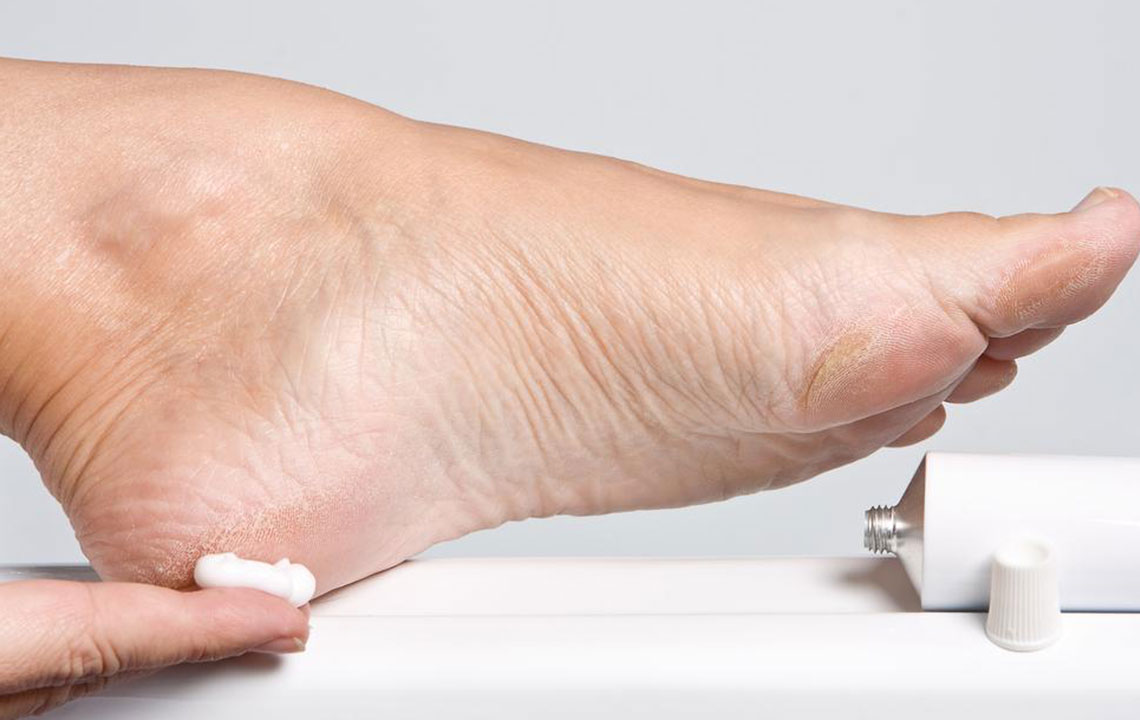Effective Treatments for Diabetic Nerve Pain
Diabetes can trigger long-term health problems in people. If you do not regulate your blood sugar levels, and they remain high for a protracted period of time, it can lead to a condition known as diabetic neuropathy.
Diabetic neuropathy causes damage to the nerves that send signals to the brain from the hands and feet. It can cause numbness in the hands and feet along with a sharp, burning pain, known as diabetic nerve pain.

Diabetic nerve pain happens as a result of nerve damage in people who have diabetes. Some people experience very mild symptoms, whereas the others may go through severe and disabling aches.
The best way to prevent diabetic nerve pain is by regulating your blood sugar levels and maintaining a healthy lifestyle.
Common causes of diabetic nerve pain
- High blood pressure : High blood pressure is perhaps the biggest cause of diabetic nerve pain, as excessive blood glucose levels can cause severe damage to nerve fibers running throughout the body, resulting in excruciating pain. At the same time, high sugar levels reduce the amount of oxygen supplied to the nerves, which in turn weakens them.
- Obesity and high triglycerides : Obesity and high levels of triglyceride are also believed to increase the likelihood of nerve damage, leading to diabetic nerve pain.
- Reduced levels of HDL cholesterol : Low levels of good HDL cholesterol and high levels of bad LDL cholesterol also boost the risk of diabetic peripheral neuropathy.
Treatments for diabetic nerve pain
Once the nerves have been damaged, they cannot be replaced. However, there are some treatment options that can prevent further damage as well as relieve the symptoms.
To begin with, you need to closely check and regulate your blood sugar levels and prevent them from going up. For this, you can take the help of some diet charts, exercise, and medications to keep the sugar levels within the limit. You also need to pay attention to other risk factors such as smoking, alcohol consumption, and excess weight that can trigger blood sugar and make it rise.
- Over-the-counter medications
Certain over-the-counter (OTC) painkillers such as ibuprofen, acetaminophen, and aspirin can serve as a temporary solution for reducing diabetic nerve pain . These medicines are readily available at any medical pharmacy and can be bought without a prescription . However, their long-term use can cause side effects, and therefore, it is advisable to consult your doctor before taking any OTC medicine.
- Antidepressants
Antidepressants are medicines that muddle with the pain signals that reach the brain. Thus, these medicines can help in alleviating pain quickly. Often, doctors recommend the use of tricyclic antidepressants to ease the pain. However, antidepressants can cause a lot of side effects such as fatigue, sweating, and dry mouth.
It is better to take serotonin and norepinephrine reuptake inhibitors (SNRIs) as they have fewer side effects as compared to antidepressants.
- Opioid pain medicines
Opioid pain medicines are strong doses that are used for treating severe cases of diabetic nerve pain . They are often the last treatment option and are used in case other options fail to fetch results. But because these medicines have several side effects and bear the potential for addiction, their long-term use is not recommended. It is best to consult your doctor before taking these pain medicines.
- Anti-seizure medicines
Anti-seizure medicines are generally used for treating epileptic seizures. They help to ease the pain . This is why they are also sometimes suggested for treating diabetic nerve pain . The most common side effects of these medicines are swelling, drowsiness and dizziness.
- Physical therapy
Physical therapy is always helpful in treating a variety of medical conditions. You can indulge in activities like swimming and low-impact exercises on a regular basis to effectively ease diabetic nerve pain.
It is important to get in touch with a good physical therapist who has adequate knowledge of diabetes and neuropathy. An untrained professional can sometimes recommend exercises that further aggravate the condition of nerve damage. Also, it important to remember that physical therapy can be beneficial in soothing diabetic nerve pain, and not completely curing it.
- Capsaicin cream
Capsaicin is an ingredient found in hot peppers, which helps to block pain signals from reaching the brain. There are plenty of creams, lotions or patches available on the market, which contain capsaicin. If these are applied to the affected area, they help in offering temporary relief from pain.
But sometimes, the ingredient can cause an allergic reaction in people. Therefore, it is best to consult your doctor before using this topical solution.
All the aforementioned treatments can help in reducing diabetic nerve pain. Since many medications have side effects, it is advisable to consult your doctor before taking any medicine for diabetic nerve pain. Besides, healthy eating and regular exercise can also play a major role in treating diabetic nerve pain.




